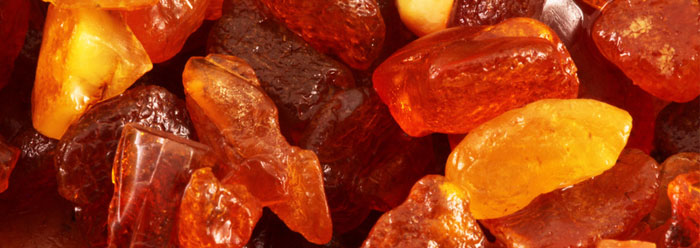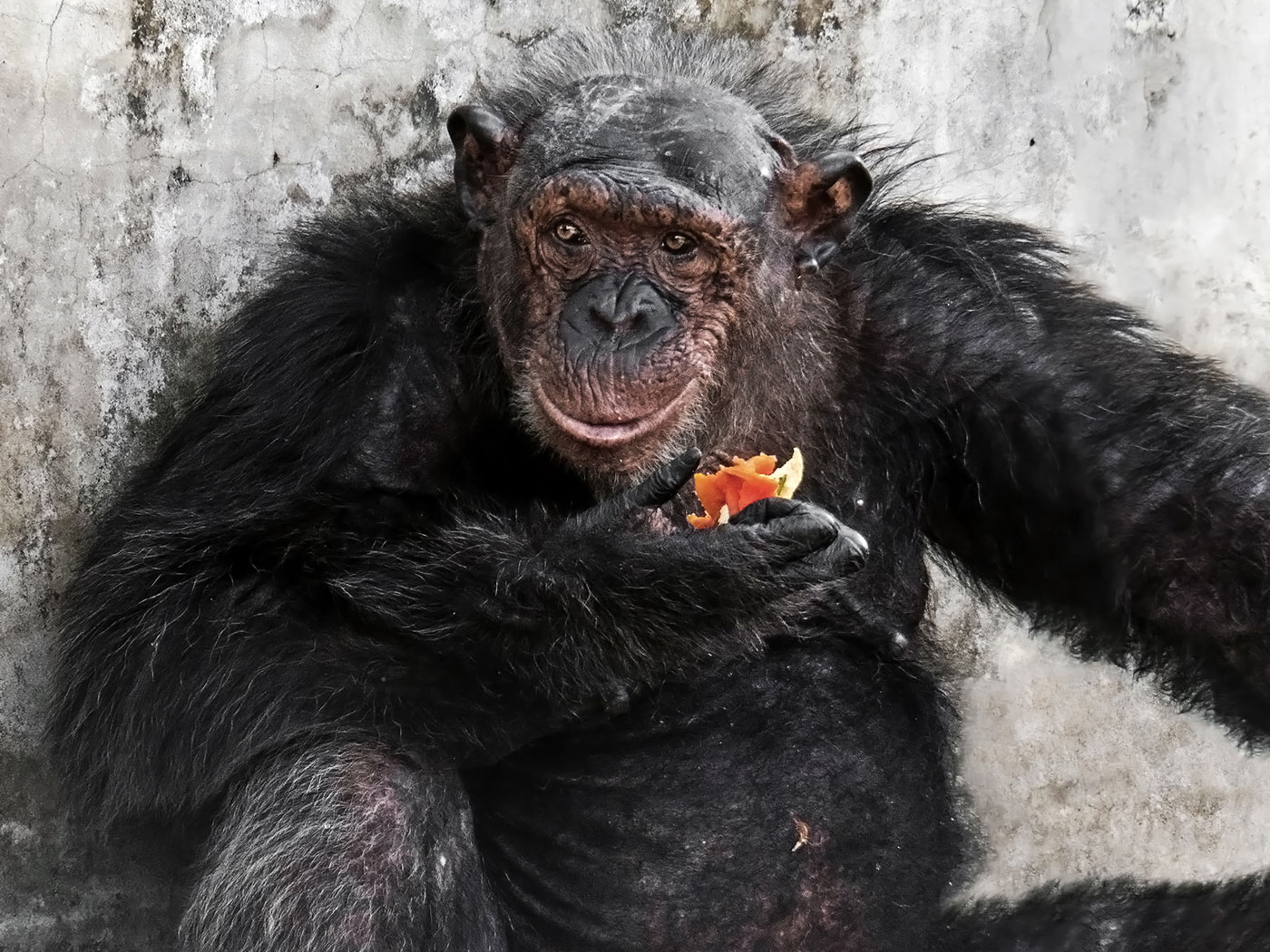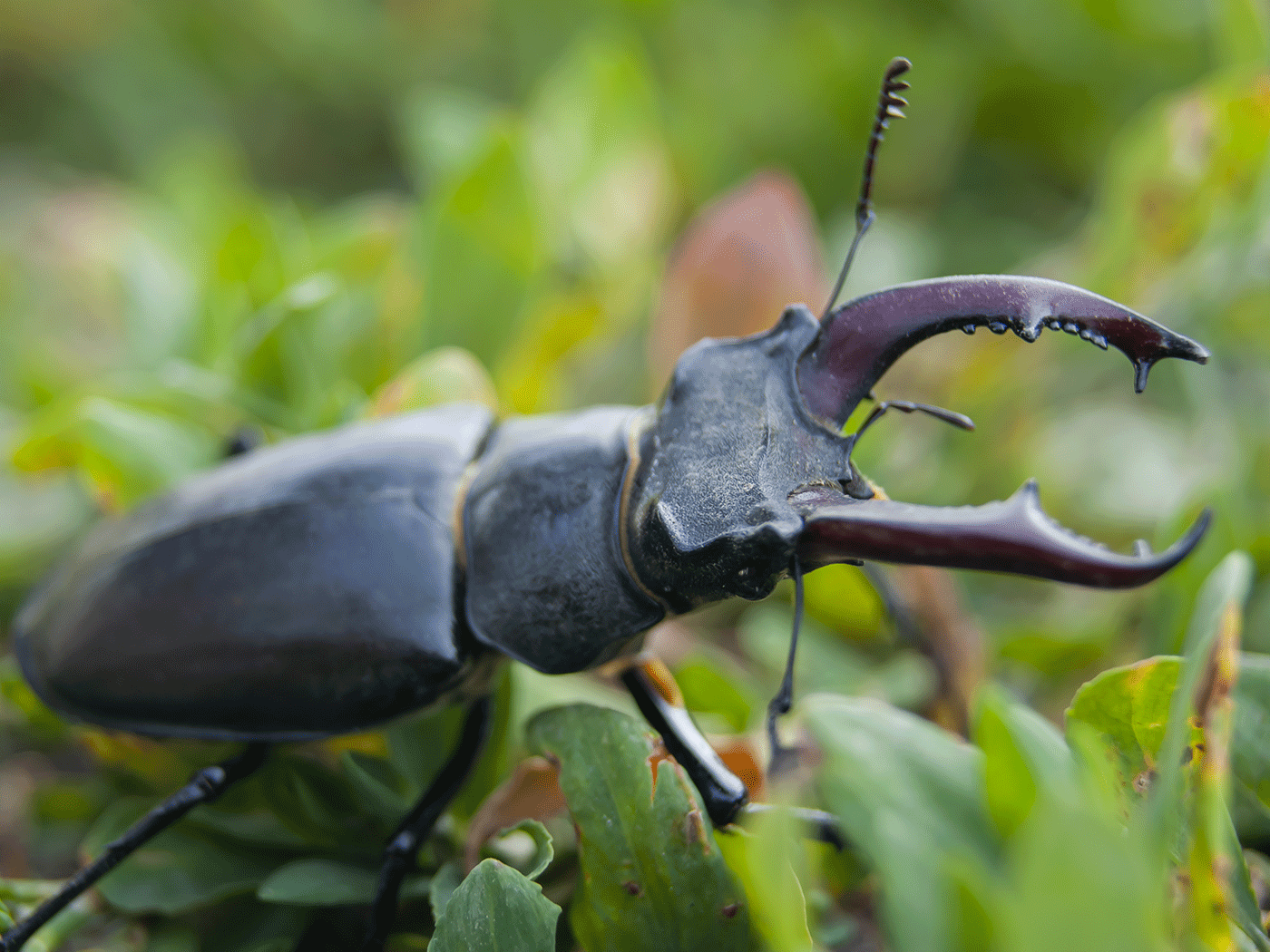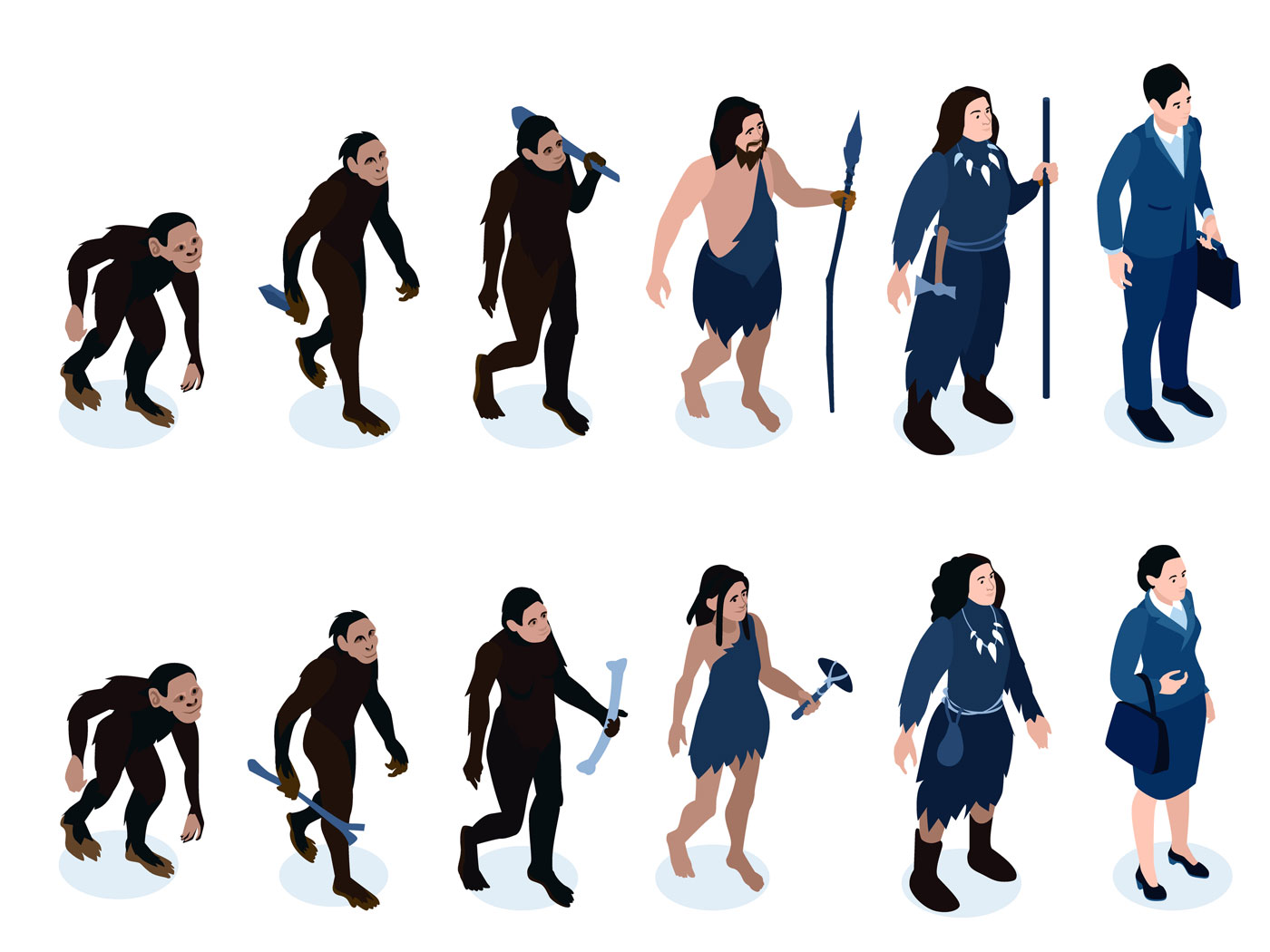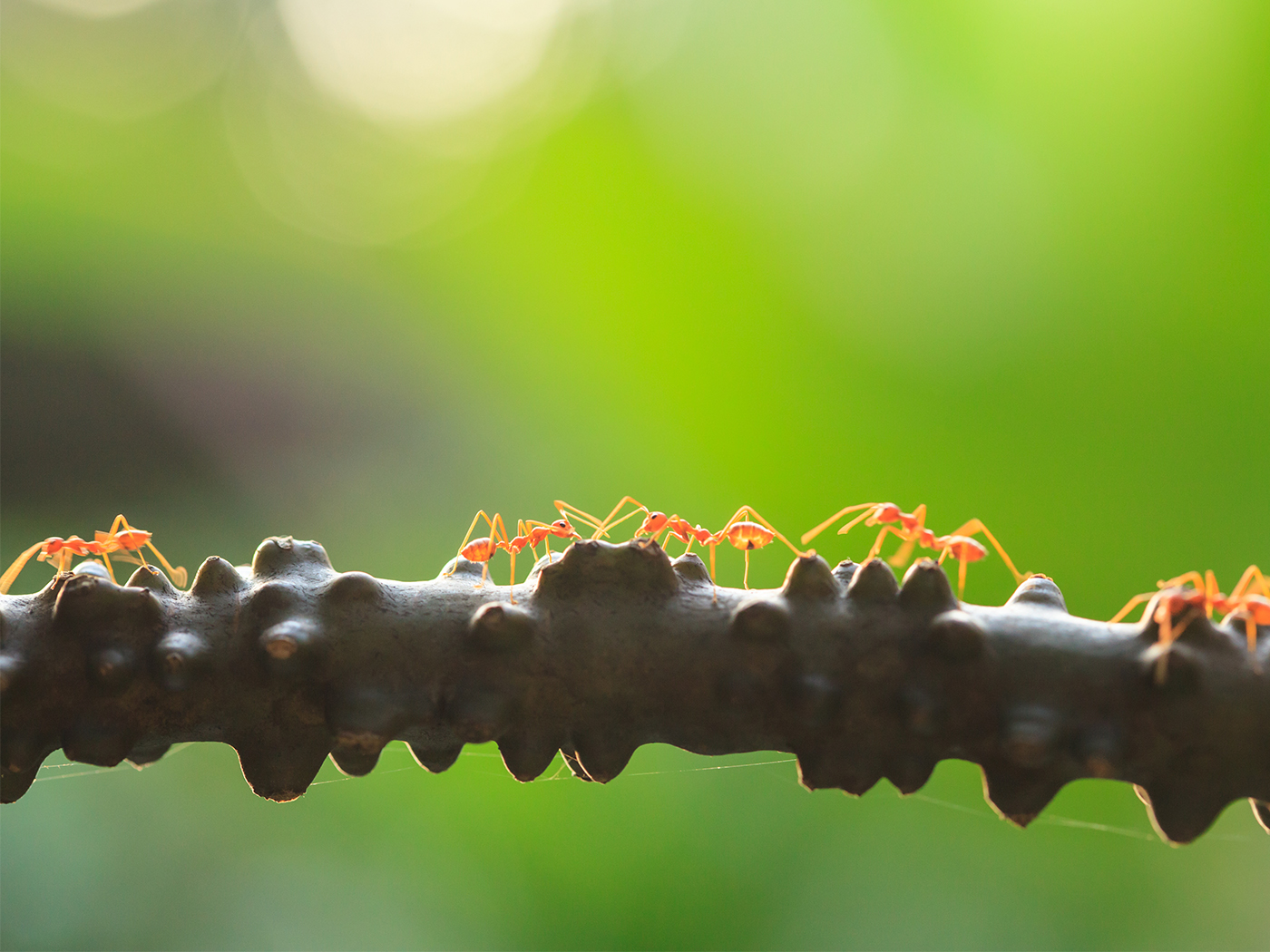Gall mites are too small to see without aid, but scientists found two of them after scanning 70,000 amber droplets from Triassic beds in Italy. How much have mites evolved in the supposed 230 million years since they were entombed in amber?
Today's 3,500 species of gall mites live on very specific plant species, and most of them subsist on angiosperms. The majority live on the outer surfaces of their host plant, but some induce plant tissue to form swollen galls in which they live and after which they are named.1
Did gall mites exist in ancient times in their present forms? If these tiny creatures evolved from some other arthropod, then fossils ought to show a continuum of transformation from that arthropod ancestor to today's gall mites. But when scientists recently described some of the earliest gall mites from their amber-trapped and finely detailed fossils, they were surprised to find just the opposite—ancient gall mites look like modern ones.
David Grimaldi is senior author of a report in the Proceedings of the National Academy of Sciences that describes the new fossil mites.2 His group described a few minor differences between them and today's known species. But Grimaldi said that overall, "they're dead ringers for (modern) gall mites."3 The technical report said basically the same thing, where the authors wrote, "there is no question as their eriophyoid lineage [gall mite] placement."2
The researchers also described fossil traces of the plants that secreted the resin that hardened into the amber that trapped the gall mites. Although varieties of the same plant live today, this particular fossil variety is probably extinct. So, perhaps these fossil mite varieties went extinct along with the extinction of their host plant variety. And extinctions do not show evolution.
The same source of amber reveals the same phenomenon, where millions of supposed years of evolution have performed no substantial changes, in single-celled amoebae. Most fossil amoebae are identical to living species. Paleontologist Girard Vincent published descriptions of amoebae trapped in amber from France, saying that "Most of amber amoebae are morphologically indistinguishable from extant species."4 Amoebae from the same Italian Triassic ambers that contain these gall mite fossils are identical to the living amoebae species named Centropyxis hirsuta, according to Grimaldi's report.
The fossil amoebae and gall mites from Italian amber, like so many other amber fossils including spiders and lizards, show no vertical evolution.5
After 230 million supposed years, gall mites are still gall mites, and most amber-encased amoebae are exactly identical to live species. If evolution was "on hold" for that long, maybe it has been "on hold" since the very beginning.
References
- Plant gall formation requires advanced tissue culture technology. See: Thomas, B. Altruistic Aphids: an Evolutionary Anomaly. ICR News. Posted on icr.org March 17, 2009, accessed August 29, 2012.
- Schmidt, A.R. et al. Arthropods in amber from the Triassic Period. Proceedings of the National Academy of Sciences. Published online before print August 27, 2012.
- Prehistoric bugs from time of dinosaurs found frozen in amber. Associated Press, August 27, 2012.
- Vincent, G. 2012. Fossil Amoebae (Hemiarcherellidae Fam. Nov. from Albian (Cretaceous) Amber of France. Paleontology. 55 (3): 653-659.
- Thomas, B. Scan of Amber-Trapped Spider Shows Recent Origin. ICR News. Posted on icr.org May 27, 2011, accessed August 29, 2012.; Thomas, B. Fossilized Gecko Fits Creation Model. ICR News. Posted on icr.org September 8, 2008, accessed August 29, 2012.; Thomas, B. Amber-Trapped Spider Web Too Old for Evolution. ICR News. Posted on icr.org November 20, 2009, accessed August 29, 2012.; Thomas, B. Ancient Amber Discovery Contradicts Geologic Timescale. ICR News. Posted on icr.org October 19, 2009, accessed August 29, 2012.
* Mr. Thomas is Science Writer at the Institute for Creation Research.
Article posted on September 7, 2012.




